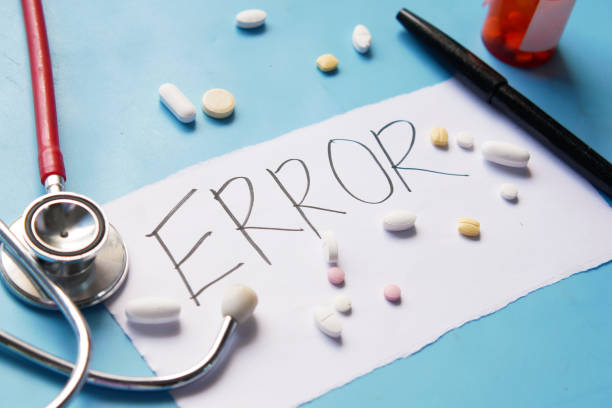Testing blood glucose only requires a meter and test strips. But the market is saturated with options, from basic models that simply read blood glucose levels to versions that offer advanced features like memory for storing information. How are patients newly diagnosed with diabetes supposed to know what to choose?
“Diabetes can be extremely overwhelming when you’re newly diagnosed,” said Juliana DeMarici, channel marketing manager, U.S. Division at ACON Laboratories, a company that provides medical diagnostic and health care products. “There are tons of meters and it can be complicated to pick the right one.”
That’s when patients turn to your independent community pharmacy.
And, if you provide patients with the guidance and products they need to confidently test their blood glucose levels and successfully manage their diabetes, they’ll become loyal customers instead of turning to big box pharmacies.
“Patients diagnosed with diabetes are a unique population because they’re the ones that return to the store,” DeMarici said. They’ll need to return to the pharmacy again and again to purchase test strips and manage their disease, often for the rest of their lives.
The most important feature
Blood glucose meters offer a myriad of features. Pharmacists should research the meters and strips they’re selling to their patients in order to make the best recommendations.
DeMarici suggests reading consumer reviews and talking to Certified Diabetes Educators (CDE), who can familiarize pharmacists with the various options.
Pharmacists also need to consider what stage patients are at. Not all features are important for newly diagnosed patients. “Start with the basics,” DeMarici said. “The features get more complicated as you go along and learn.” Once patients get more comfortable with testing, they can use meal marker features before and after meals, for example.
Every blood glucose meter sold in a pharmacy must pass strict requirements for accuracy and precision by the U.S. Food and Drug Administration (FDA). So, any meter will give your patients a general reading they can trust.
What differentiates meters is their quality. And, true quality, DeMarici said, comes from the manufacturer. “What separates a good, high quality manufacturer and a low quality one is the partnership they form with pharmacies,” she said.
The partnership needs to involve more than transactions. “It should be an extension of your service,” DeMarici said. “Work with a vertically integrated manufacturer, someone who has their hands on every step of the process, who doesn’t outsource anything. Someone who can do care plans and rewards or bonus programs. There’s a lot that manufacturers should be providing to independent pharmacies.”
The big picture
Getting patients started with a meter and strips is only the beginning of the relationship. The ultimate goal is to help patients manage their diabetes and consistently test their blood glucose as directed by their doctor.
“The cornerstone of any good diabetes management program is adherence and compliance,” DeMarici said. “A unique diabetes management plan starts with picking good meters and getting patients to come back in, repurchase and be compliant.”
Ultimately, if patients are satisfied with the overall service from their pharmacist, they’ll become loyal to the pharmacy and committed to compliance. “Having that patient leave the pharmacy with a good experience is going to help with compliance and keep them coming back,” DeMarici said.
What to look for
Patients probably look at price first when browsing blood glucose meters. But pharmacists should consider other factors when making a recommendation. “Affordability doesn’t always equal great quality, so telling them to go for the lowest price usually isn’t the best,” said Juliana DeMarici, channel marketing manager, U.S. division at ACON Laboratories. Consider these other important features.
Cost
Cost is always important to patients, and calculating it includes more than looking at the price tag. Also take into consideration budget, insurance coverage and copays.
Data management
A good meter records data that patients can download and share with health care providers and caregivers. This type of feature enables others to remotely monitor the glucose test results through a call-based system, providing an added element of support, DeMarici said.
Ease of use
“Just like any consumer product, if it’s complicated to use they’re probably not going to stick with it,” DeMarici said. Convenient features, like if the meter turns on automatically when you insert a test strip or if it’s easy to set up, will help patients keep up with testing.
Tech support
Look for meters that offer tech support 24 hours a day, seven days a week. “If the patient needs help late at night and the pharmacy isn’t open, this is a great help,” DeMarici said.
Type of enzymes
Testing strips use various enzymes to react to the blood glucose, and the type of enzyme affects the meter’s reading. Pharmacists should know what enzymes the test strips use before making recommendations to patients. They can uniquely advise patients on this feature because of their knowledge of patients’ medications.
Want more tips like this? Join our email list to get weekly pharmacy business tips and advice—right in your inbox.












